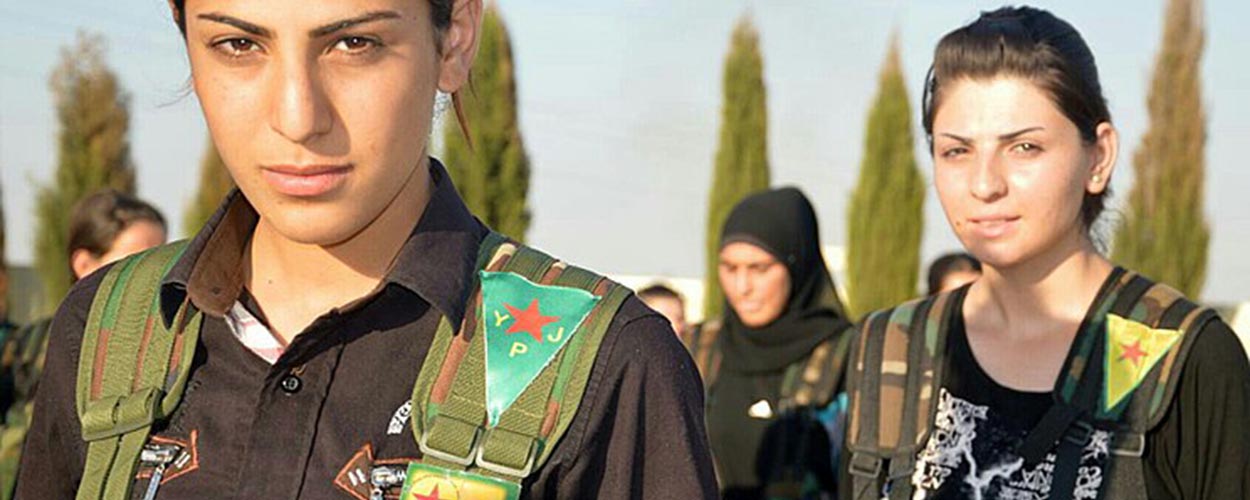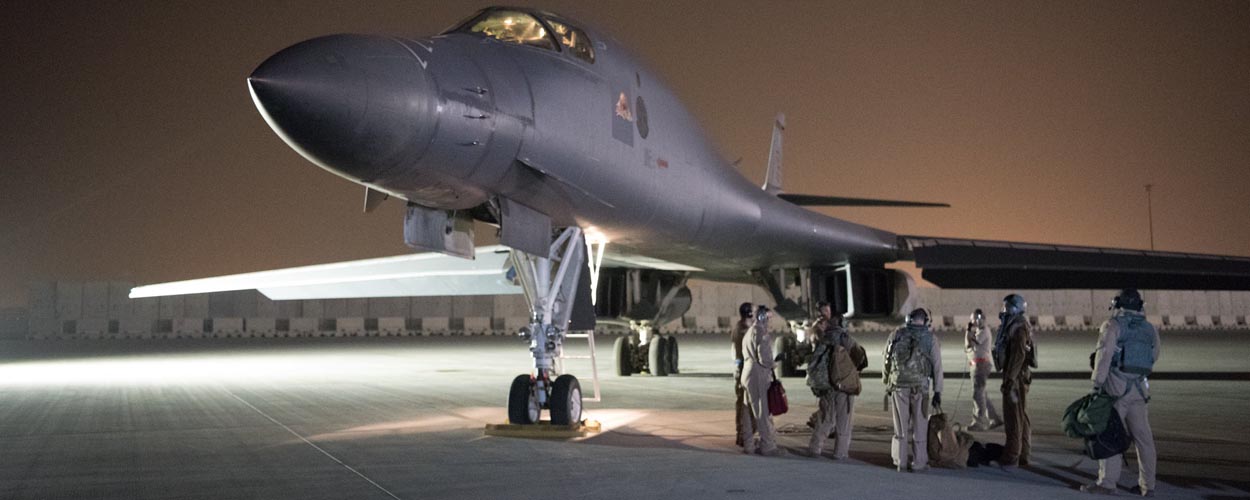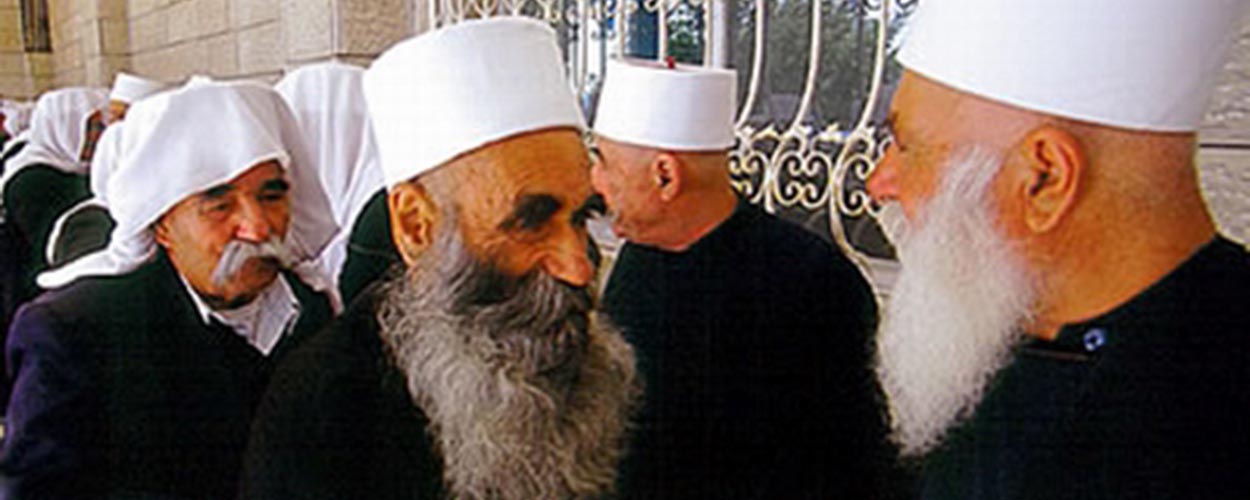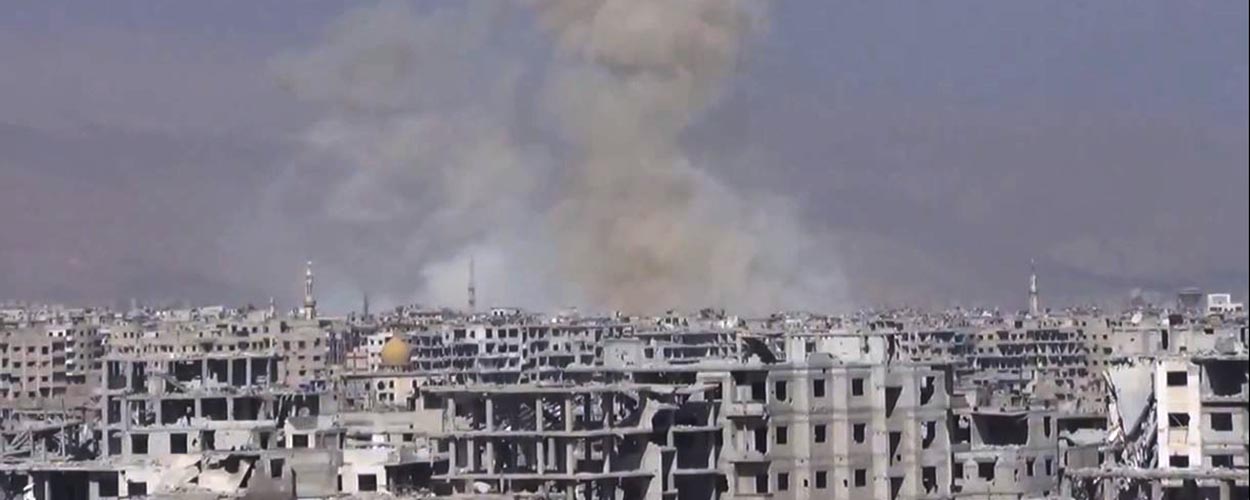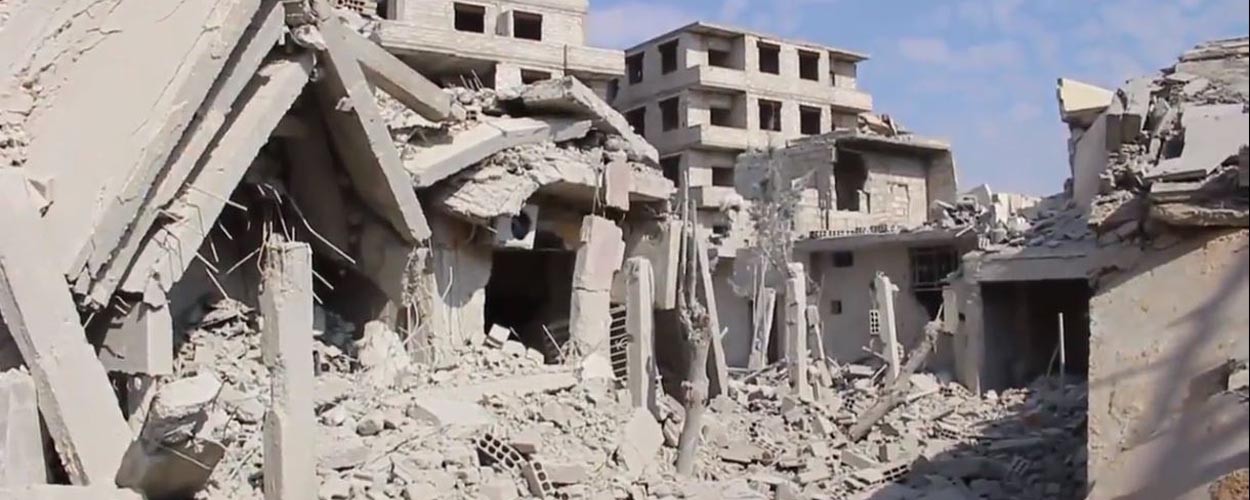The plain of northeastern Syria, where the Trump White House vacillates over whether to dig deeper or pull up stakes, has become an archipelago of mass graves. During the three years that the Islamic State in Iraq and Syria dominated the remote landscape, it massacred thousands of civilians and captive Syrian government soldiers without allowing their families to bury them. Priyanka Motaparthy, acting emergencies director at Human Rights Watch, noted that the former capital of the Islamic State’s self-declared caliphate, Raqqa, had “at least nine mass graves, each one estimated to have dozens, if not hundreds, of bodies, making exhumations a monumental task.” Four hundred bodies were unearthed at Raqqa’s municipal zoo, and it will take months for families to identify the decomposed corpses. Other towns and villages in the Kurdish-administered zone are discovering similar grisly mementos of Islamic State rule.
The mainly Kurdish Syrian Democratic Council (SDC), which receives vital support from the United States and an estimated 2,000 special operations forces troops based in the northeast, made the unusual gesture on July 30 of returning to the Syrian army the remains of 44 soldiers who had been executed by the Islamic State in the village of Ain Issa in 2014. Ten days earlier, local officials had uncovered four mass graves near what had been the headquarters of the 93rd Brigade, and the Kurds used the occasion to help mend fences with President Bashar al Assad. The process of reintegrating the largest Kurdish-controlled region into the rest of Syria is underway, and the United States can do little to stop it.
Continue reading →
